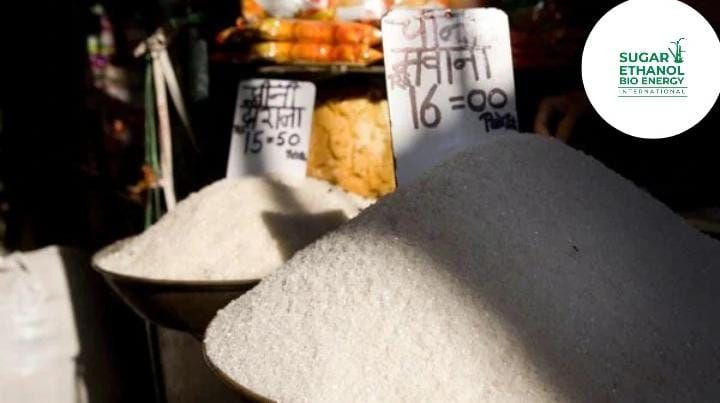
Global sugar prices climbed this week as markets reacted to signals that India—one of the world’s major sugar exporters—may reduce its export volumes for the upcoming season. Traders and analysts say the expected decline in shipments is mainly driven by lower sugarcane output and the government's priority to safeguard domestic supply. According to industry officials, erratic monsoon patterns and drought-like conditions in key producing states such as Maharashtra and Karnataka have curtailed sugarcane yields. With domestic consumption remaining strong, India is likely to limit or delay export quotas to avoid shortages at home. The possibility of tighter exports has already pushed benchmark sugar futures upward, with prices rising across Asian and European markets. Analysts note that even a moderate reduction in India’s export availability can cause ripple effects globally, given the country’s significant role in supplying raw and refined sugar to international buyers.
Market participants also expect importing nations in the Middle East, Africa, and Southeast Asia to face higher procurement costs in the short term. Some buyers have begun diversifying their sourcing to Brazil and Thailand, though these producers may not fully offset the shortfall.
While the Indian government has not yet issued an official export policy for the season, traders anticipate a more conservative approach until a clearer picture of domestic stock levels emerges. If production continues to underperform, price volatility in the global sugar market may persist into early 2026.



